Paving a place in the Art World
Marc Dennis is Northbound in his career and seems to be relishing the ride.
Let me elaborate. From a collectors perspective, his art is in some very prominent collections, which for all intents and purposes may be enough for some, but there is more behind the momentum. He is an intellect, unabashedly himself, a father, and a teacher. He has undeniably, an incredible talent. He imparts this in not only in the output of his work but by his actions as well, teaching others what he knows about living and succeeding in the art world, all the while, completely conscious of the fact that this is the gift that keeps giving. I am intrigued by his hustle. I once read a quote by Woody Allen that said, “80% of success is just showing up.” Mr. Dennis does this well. He shows up to teach his classes; he shows up to events and art fairs and openings. He shows up to his studio, He shows up to talk about what he believes in. This guy has shown up so much, that now; every day people show up to his work in Wantagh, NY at the train station there!

“A great Piece of Turf” 2017
Inspired by his floral “A great piece of Turf” I aptly named this article and also was inspired to look up both flower and insect names. Striped Parrot tulips, Stag beetles, Olivia Roses, Banded net-winged beetles, Black Swallowtail Caterpillars, lady beetles (they are not bugs, they are beetles). There will be more on that later.

Betty Lawyer Pony 2013
Not to jump ahead, but wanting to
Some of his hyper-real portraits may place you in front of, and simultaneously behind the head of a head ahead of you, observing someone observing something else or the same thing, or maybe they are just standing there not paying attention to anything. But isn’t that in itself reality? Is it ever really just you and a great painting in the museum? This work is entertaining and quite literal in its execution. He spent years sketching the backs of people’s heads, and one day decided to place them into his work. Yes, you want to move them and get your turn, but you are now part of the experience of the conception. It’s a beautifully orchestrated jocose allusion.
I met him at TEFAF recently. He wasn’t hard to spot, walking jovially and briskly towards me on a large, red carpet as I descended the stairs and greeted me warmly like I was visiting him in his home. Already with some cronies and collectors, breaking away for a second to find me and walked me back to his group. I observe him as he spoke, taking it all in and I realized what he can produce on canvas, which is arresting, is equally matched by his ability to entertain and engage people with his energy, sense of humor and wit.
If I were to explain his works, it would be inconsistency meets metonymy. It is an etherial enchanting ocular coalescence — He succeeds in stimulating the desire to observe the veritable, the lavish and creates a moment of solicitude, which is also prevalent in his thoughts on his work and life he shares below.
What do you consciously want to improve as you cultivate your paintings? What have you made the most improvement in?
MD- I always strive to achieve two fundamental things with my work: (1) To strike the eye, and (2) to seduce the mind. I continue to improve upon this credo.
Tell me about the train station windows in Wantagh and what that was like?
MD- I was awarded a commission by the MTA in 2016 to create artwork for the Long Island Railroad Wantagh / Jones Beach train station. It was a $32,000,000.00 complete renovation project of which I received a small percentage to come up with the idea to make the station a more happy place for commuters. I definitely felt honored to do this project. I thought long and hard about the ideas; having visited Wantagh and Jones Beach talking with local residents in restaurants in and around the station I believed I arrived at an effective approach. I created thirty hand-painted glass windows to surround the entire waiting room and two large mosaics on the east/west staircases. The glass windows comprise imaginative scenes of fun and symbolic images of the magic of the town of Wantagh, the beach, and local flora and fauna. The mosaics display two distinct images of the sea – one at sunrise, the other at sunset. They give off a nice mellow golden shimmer effect in the right lighting. The project was finally completed in November of 2018. I hope the windows and mosaics provide daily smiles and feelings of peace to commuters.
You teach at University, It’s an opportunity to give a younger version of yourself artist self-advice. What is something important you have learned that you try to convey to your students to take with them when they leave?
MD- I take great pride in not only teaching but also mentoring – and my advice has been consistent over the years, coming down to one very basic perspective, which is: There is no key to success, but there is a key to failure and that is trying to please all the people all the time. In terms of life advice for young maturing artists, such as my students I would always remind them of three basic principles; (1) Strive to create effective artwork, (2) Don’t be in a hurry, (3) Be nice. This is, of course other “don’t burn bridges,” which is the most important!
If you could insert yourself into a painting, what/who would be with you, around you?
MD-I am symbolically in every painting I’ve ever made. If however, I were to insert myself physically, that is, as an exact likeness of myself it would be a painting hinting at a contemporary interpretation of the mythological character of Apollo and the Memento Mori (a Latin phrase meaning ‘remember you must die’) theme. I would be surrounded by animals and flowers in a forest setting but would need to think for a long time before arriving at who would be with me.

“Everything” 2018
Now, let us hop over to another subject. You practice entomophagy, Does your family also partake? What is your favorite insect to eat and with what?
I created an organization in 2009 called “Insects Are Food” because I believe strongly in cultivating awareness towards rethinking our definition of food and what are viable food sources as we move towards more sustainable processes. Eating insects made and still makes the most sense. Many other countries eat insects and/or include them in their diet and I felt it was/is time for us as a leading nation to create more insight into the idea. Al Roker contacted me several years ago to do a cooking show on the Cooking Channel (part of the Food Network) of which I obliged and we did one episode, which was successful and fun and a lot of work, and well worth the effort! The project has taken a back seat to my painting and teaching in the past few years, but on occasion, I reinvest my time and energy into cooking and eating insects and offering demonstrations. My family does not partake by the way. Maybe one day my kids will eat bugs with me – maybe during halftime of the next Superbowl! Grasshopper tacos are delicious!
What are you thankful for?
What do you hope for in the pause, as someone first sees your work?
MD- I never know what anyone will think or feel when they first see my work. It is often nerve-wracking. But I do hope for them to walk up close and want more. And of course, I always want people to smile.
Islanders, or Rangers? Giants or Jets? Nets or Nicks?
MD- I was born just outside Boston, MA. I am a diehard Boston sports fan. Patriots. Bruins. Red Sox. Celtics.
I think one of the things outstanding to me about your work is the voyeuristic property, there is an intimacy, How long did it take you to master intimacy in the inanimate and what influenced that?
MD- This is a wonderful question. I believe in intimacy. I’ve always been what many might call a romantic at heart. I still hold on to a rather idealistic vision of life. I think the element of intimacy was simply a natural transmission into my work. It just happens. I guess I like to keep it real.

“Secret Admirer” 2015
Who are your biggest cheerleaders?
MD- My kids and my parents. If you are asking me who are the people in my life who have demonstrated the wonderful support and admiration for collecting my art then they are: Glenn Fuhrman, John and Amy Phelan, Beth Dewoody, Carl and Donna Hessel, Sean McCarthy, Maria Bell, Joanne Cassullo, Charlotte Eyerman, Conner and Ginny Searcy and Jennifer Stockman.
What do you listen to while you paint? Or do you need silence
MD- I do not need silence. I mostly listen to podcasts (such as Radio Lab, Criminal or This American Life), and sports radio (Dan Patrick Show in the mornings and Colin Cowherd or Stephen A Smith in the afternoons). When it comes to music, my tastes are wildly diverse! There’s just too much to list – from Beethoven and Bach to Bob Dylan, Metallica, Anonymous 4, Neil Young, the Ramones, Tupac, Biggie, Dr. Dre, Eminem, Nas, Nirvana, and the Talking Heads. And definitely Black Sabbath and Led Zeppelin. I also love to listen to Mexican Norteno music, bands like Los Tigres del Norte, and old-time country, gospel, and bluegrass, such as Earl Scruggs, Doc Watson, Faron Young, Merle Haggard, and Dwight Yoakam. And last but not least I love listening to big band and swing, such as Glenn Miller and Tommy Dorsey, and in particular the crooners, like Dean Martin, Dick Haymes and of course there is nothing like Ella and Louis.
What do you feel has been your most important contribution to date professionally speaking?
MD- It would have to be my job as a full-time tenured professor at Elmira College in upstate New York. In retrospect I know I affected many of my students in positive and productive ways. I changed lives and to know that (my former students continue to remind me in emails and letters) is a very big deal for me. I realize my paintings have also affected lives but

“The end of the World” 2013
Tell me about titles, do you name the work before, while or after? Favorite title of all time
MD- I only title something either half-way into it or when it’s done. I have an idea of what theme, narrative, feel or mood I’m going for before I begin a painting, but while I’m working on a piece I may change direction. So it’s best to wait to title a painting when I’m done with it. Titles are hard! My favorite title “of all time”? Wow, what a question! There are many titles, but one that always popped out to me because I really felt good about the cleverness and humor behind it is “The End of the World” – a painting of a girl seen from behind standing in front of Courbet’s “The Origin of the World.”
What does success look like to you?
MD- Success is the appreciation for what I do. It’s also a happy feeling in my gut. Recognition. And money.
What is the most gratifying part of creating a painting?
MD-
Do habits help or hinder creativity?
MD- Good habits are always helpful. Bad habits should be defeated.
What else do you want to accomplish in your career?
MD- Things I’ve not conceived yet. I want my future accomplishments to be a surprise.
What is up next for you as far as showings or anything you would want me to mention
What’s cooking
Marc is working on a new series of modern-day fairy tales that he feels will be by far the best work of his life (other than the painting he did of a chipmunk when he was 11). He is working on a solo show in Vienna for the fall at Ernst Hilger Galerie and a New York solo exhibition as well. He will also be participating in a few fairs in 2019. All of this will be posted to his Instagram account @darcmennis
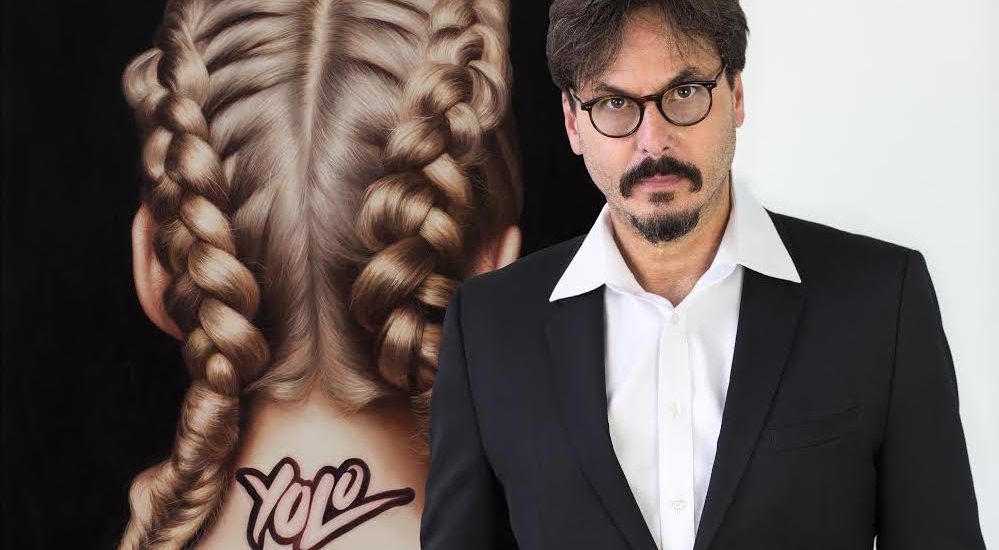
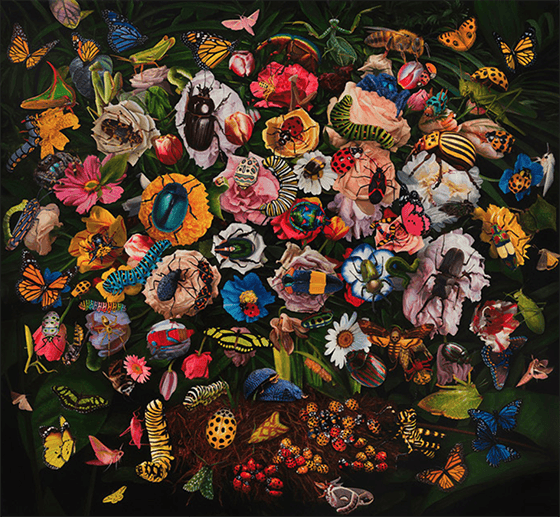
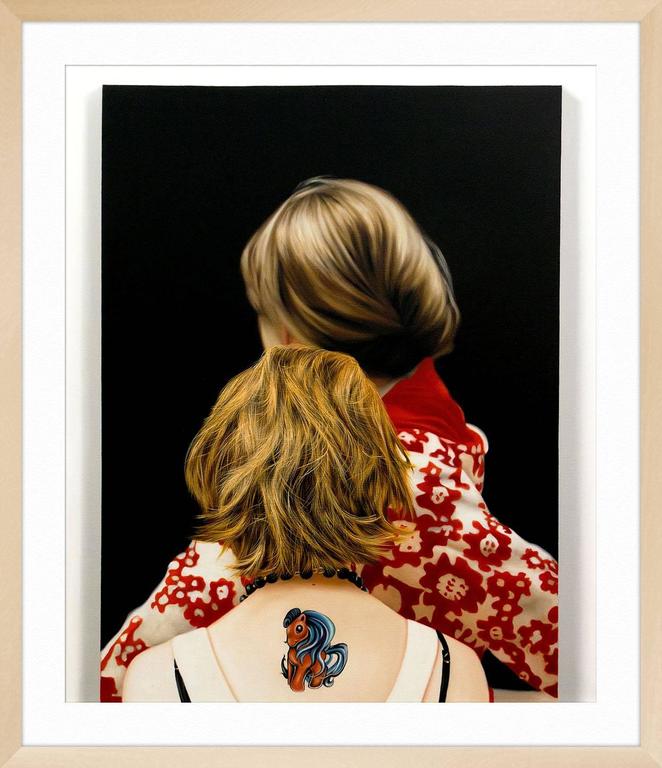


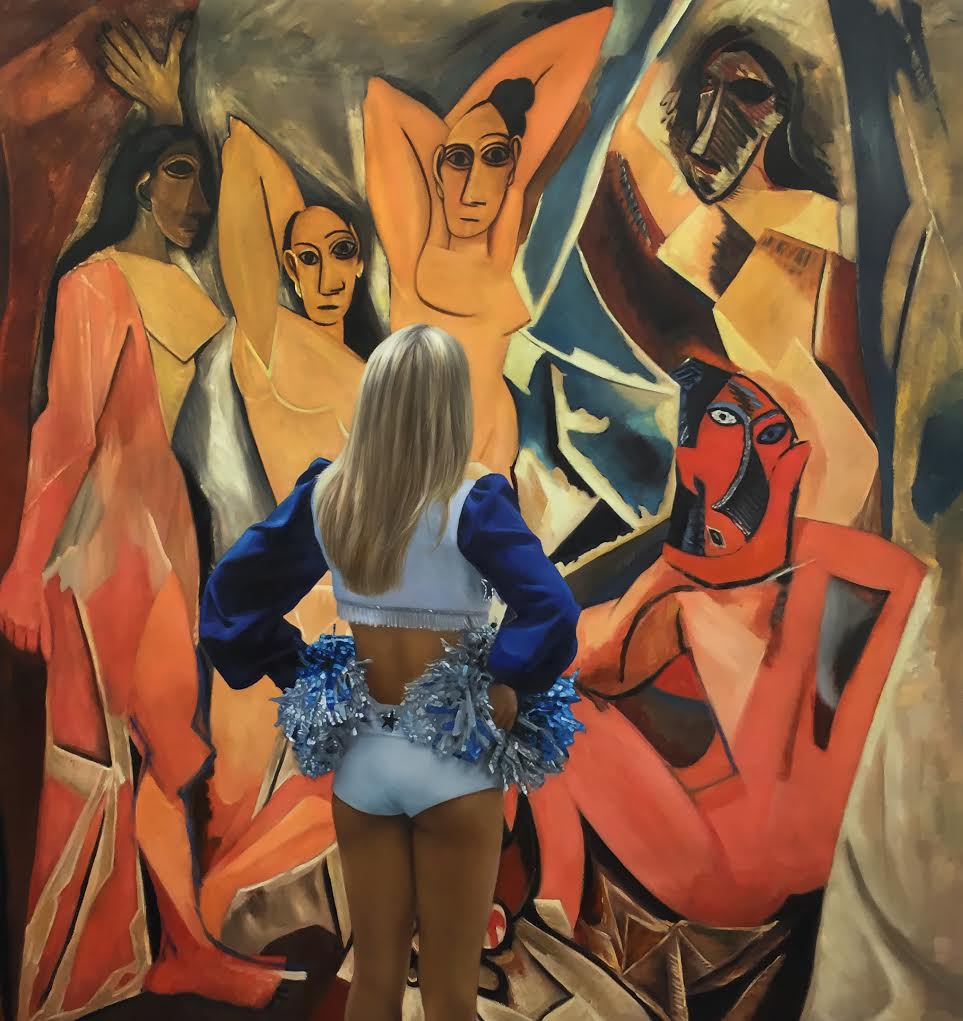
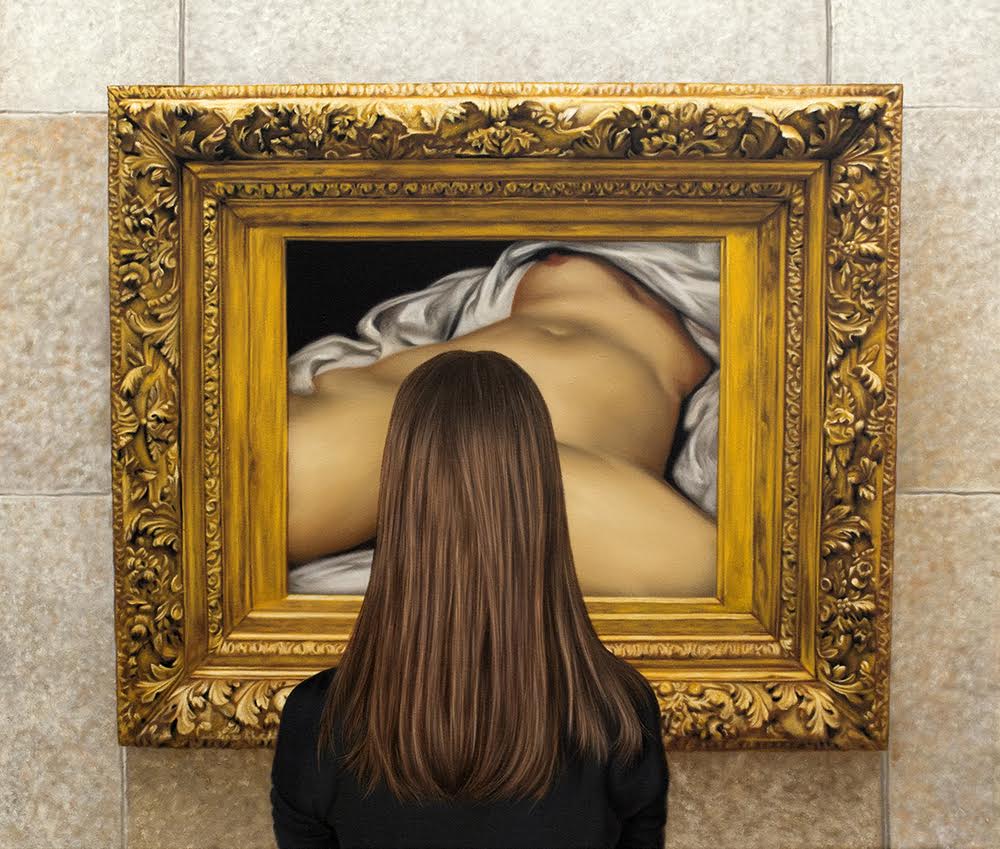


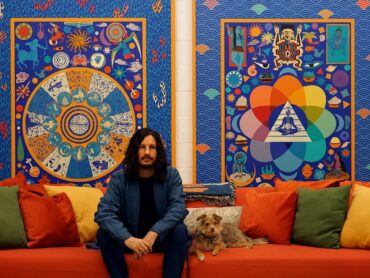


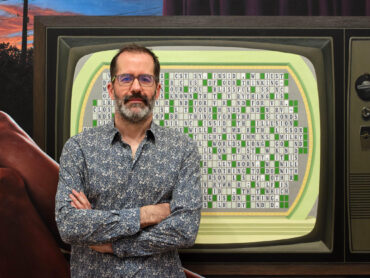
Comments